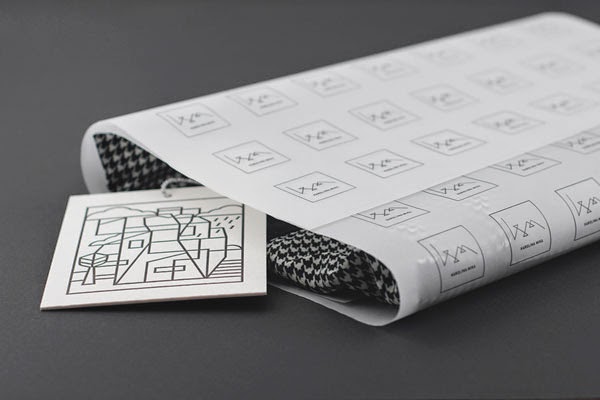As consumers, we are constantly bombarded with many products at our fingertips. While we may have some loyalty to particular brands, there is no doubt that clothing packaging plays a significant role in our decision-making processes.
A product's packaging can influence our perception before we even try it. This is why marketers and businesses invest in packaging designs for clothing that evoke certain emotions and behaviours in their target audience.
In this blog post, we will explore the psychology behind clothing packaging and how it influences consumer behaviour.
Attention-Grabbing Designs
Clothing packaging is the first thing a potential customer sees when encountering a product. In the retail space, products often sit side-by-side on shelves, and the packaging that stands out is the one that will likely grab the consumer's attention. Colours, shapes, and typography can all affect how consumers perceive a product.
For example, bright colours clothes like red and yellow are often used to signal excitement or urgency. They can create a sense of energy and excitement around a product. Meanwhile, soft, muted colours like pastels can convey calmness, serenity, and a touch of luxury. When designing clothing packaging, businesses need to consider what demographic they want to reach and what kind of emotional response they hope to evoke.
Brand Identity
Packaging is an essential part of a clothing business's branding strategy. It is an opportunity for a business to showcase its personality, values, and more. Packaging can convey a sense of luxury, fun, tradition or whatever else the clothes want to be associated with. A recognizable and well-designed brand can help establish credibility and trust with the consumer.
In-Store Influences
Another way that packaging influences consumer behaviour is through in-store displays. Retail shops use window displays and in-store signage to draw customers' attention to clothing items. The staff will place new designs in prime locations and use signage to clarify that customers should look for a new product.
Occasionally businesses will use branded packaging as an advertising tool. For example, Gnocchi boxes prominently feature their logo, raising the brand's visibility and awareness. Businesses can also use packaging to make it easier for products to be found or convey the benefits of a product.
Packaging as a Sign of Quality
Clothing packaging also has the unique ability to convey quality. Suppose a product is packaged in cheap-looking packaging. In that case, customers may assume that the product inside is of lower quality or value.
For example, a high-end cosmetic brand would likely use elegant and luxurious packaging because it can suggest the same for the product inside. In this scenario, packaging can symbolize value, quality, and trust. If a brand succeeds in delivering the desired quality, customers will keep coming back for more.
Environmental Awareness
As the world becomes more environmentally inclined, sustainable clothing packaging is becoming more important to consumers. Negative environmental impacts have dire consequences for our planet, and packaging is one of the most significant contributors to waste.
Consequently, businesses have started shifting towards eco-friendly packaging in response to these concerns. Consumers demand eco-friendly packaging, and the product's packaging can influence their decision-making. In this case, sustainable packaging becomes essential to the consumer's purchasing decision-making process.
Conclusion
The packaging of cloth is not just a design element. It is a powerful marketing tool that can influence consumer behaviour in various ways. Effective packaging design can make a product more attractive, trustworthy, and memorable. A brand's packaging's emotional appeal can attract new customers and keep existing ones loyal. The power of clothing packaging design can influence product sales and brand awareness, making it critical for businesses to prioritize it in their marketing strategies. Ultimately, the psychology behind packaging is a fascinating topic that deserves more attention from businesses that seek to stay ahead of their competition. By understanding how packaging influences consumer behaviour, businesses can make better decisions that lead to greater success.


